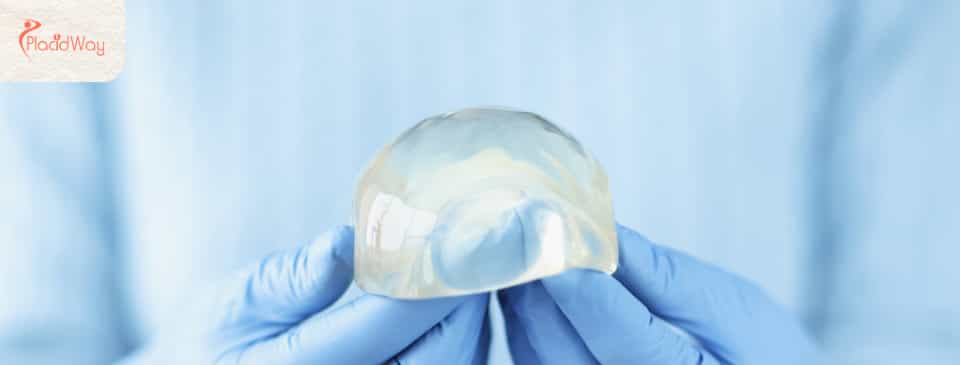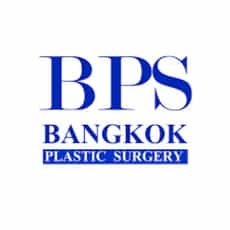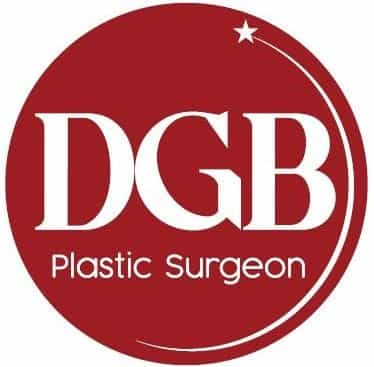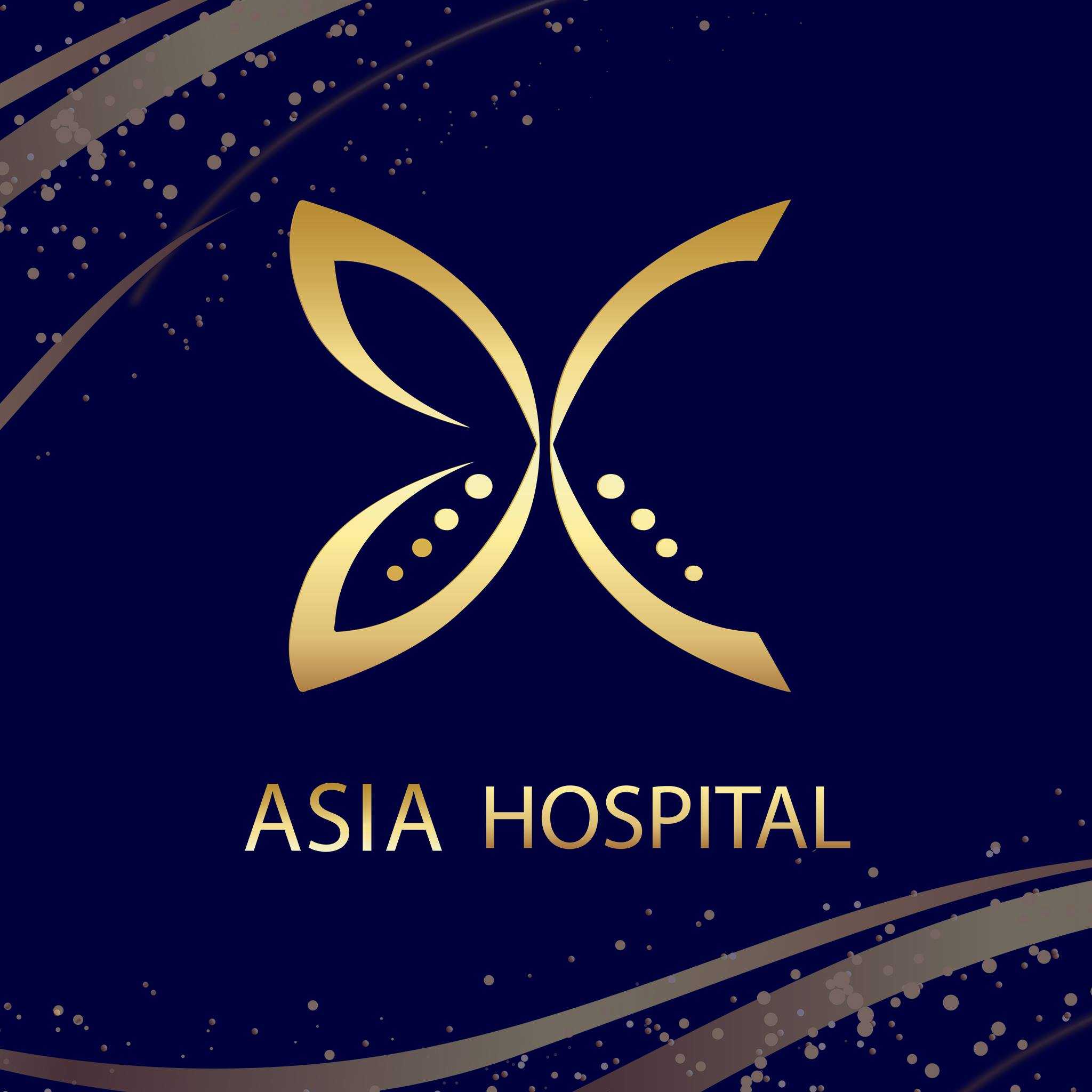
Breast reduction surgery in Thailand offers a safe and affordable solution for Australian women seeking relief from physical discomfort and improved body confidence. The procedure is performed by highly-trained, internationally-certified surgeons in world-class, JCI-accredited hospitals.
For many Australian women, living with macromastia (unusually large, heavy breasts) can be a daily struggle. The condition can lead to chronic back, neck, and shoulder pain, poor posture, skin irritation, and significant psychological distress. While breast reduction surgery (reduction mammoplasty) is a proven solution, the high costs and long wait times in Australia can be prohibitive. This is where Thailand emerges as a leading medical tourism destination, providing access to top-tier care at a fraction of the cost.
This guide explores everything Australian patients need to know about getting breast reduction surgery in Thailand, from understanding the procedure and recovery process to finding the best clinics and managing the total costs. We'll provide a comprehensive learning pathway to help you make an informed decision.
Key Takeaways
-
Patients can save up to 40%-65% on the total cost of breast reduction surgery by choosing Thailand.
-
The average cost for a breast reduction package in Thailand ranges from AUD $4,000 to AUD $10,000, compared to AUD $8,000 to AUD $20,000 or more in Australia.
-
Packages often include surgery, hospital stay, medication, post-operative care, and sometimes even hotel accommodation and airport transfers, offering a streamlined experience.
-
Thailand boasts multiple JCI (Joint Commission International)-accredited hospitals, ensuring standards of care on par with leading Western facilities.
Who is a Candidate for Breast Reduction Surgery?
The ideal candidate for breast reduction surgery is a woman in good physical and mental health who experiences physical symptoms directly related to the size and weight of her breasts.
Candidates for breast reduction are typically women who suffer from one or more of the following issues:
-
Chronic Pain: Persistent and severe back, neck, or shoulder pain caused by the weight of their breasts.
-
Physical Limitations: Difficulty participating in physical activities, exercise, or sports.
-
Bra Strap Grooves: Deep indentations on the shoulders from bra straps.
-
Skin Irritation: Rashes, irritation, or chronic skin infections (intertrigo) in the inframammary fold (the crease under the breasts).
-
Psychological Distress: Low self-esteem, self-consciousness, and emotional discomfort.
Before a surgeon can determine your candidacy, a thorough consultation is required. This often includes a physical examination, review of your medical history, and discussion of your goals and expectations. It is also essential to have realistic expectations about the outcome, including the presence of permanent scars.
Did You Know? Breast reduction surgery is not just a cosmetic procedure; for many women, it is a reconstructive procedure that provides significant physical and emotional relief, improving their overall quality of life.
The Breast Reduction Procedure Explained
Breast reduction surgery, or reduction mammoplasty, is a complex procedure that involves removing excess breast tissue, fat, and skin to achieve a more proportionate breast size and shape.
The surgery is typically performed under general anaesthesia and can take 2 to 4 hours. The most common technique is the Wise pattern, or "anchor" incision, which involves incisions around the areola, vertically down the breast, and horizontally along the inframammary fold. This technique is highly effective for moderate to large reductions.
During the procedure, the surgeon will:
-
Make the necessary incisions.
-
Remove excess glandular tissue and fat.
-
Reposition the nipple and areola, which may be removed and re-grafted in cases of very large reductions to preserve sensation and blood supply.
-
Remove surplus skin.
-
Reshape the remaining breast tissue to create a smaller, more lifted contour.
-
Suture the incisions closed.
Drains may be placed temporarily to remove excess fluid and prevent swelling. Your surgeon will choose the best surgical approach based on your breast size, shape, and desired outcome.
Recovery and Aftercare: What to Expect
The recovery from breast reduction surgery typically involves a few weeks of rest and a gradual return to normal activities.
The recovery process can be broken down into a few key phases:
-
Initial Recovery (First 1-2 weeks): You will likely spend 1-2 nights in the hospital in Thailand for observation. You can expect swelling, bruising, and some discomfort, which can be managed with prescribed pain medication. You will need to wear a special surgical compression bra to support your new breast shape and minimize swelling. Light walking is encouraged to promote circulation.
-
Intermediate Recovery (2-6 weeks): Swelling and bruising will begin to subside. Most patients can return to work, especially desk-based jobs, within 2-3 weeks. You should avoid strenuous activities, heavy lifting, and upper body exercises during this period.
-
Long-Term Recovery (6 weeks to 6 months): You can gradually resume all normal activities, including more intense exercise. It may take several months for the final breast shape to settle and for scars to mature and fade. Following your surgeon's aftercare instructions, including scar care, is vital for the best results.
Breast Reduction Surgery Costs in Thailand vs. Australia
One of the primary reasons Australian women choose Thailand for breast reduction is the significant cost savings, without compromising on quality or safety.
The cost of breast reduction surgery varies widely based on the surgeon, hospital, and complexity of the procedure. However, the difference between Thailand and Australia is substantial. The total package cost in Thailand is often less than the surgeon's fee alone in Australia.
Comparative Cost Table (AUD)
Did You Know? According to a survey by the International Society of Aesthetic Plastic Surgery (ISAPS), Thailand is a top-five global destination for cosmetic procedures, reflecting its reputation for quality and expertise.
Factors Influencing Cost in Thailand:
-
Surgeon's Reputation: Highly sought-after surgeons with extensive experience may charge more.
-
Clinic Accreditation: Procedures at JCI-accredited hospitals, such as Bumrungrad International Hospital or Yanhee International Hospital, may be priced slightly higher due to their rigorous safety and quality standards.
-
Inclusions: The comprehensiveness of the medical tourism package (e.g., length of hotel stay, number of included consultations) will affect the final price.
-
Procedure Complexity: The amount of tissue to be removed and the chosen surgical technique can influence the final cost.
The significant savings allow patients to afford a holiday and recovery period in Thailand, making the entire experience a transformative journey rather than just a medical procedure.
Safety and Accreditation in Thai Medical Tourism
Thailand has built a world-class reputation for medical tourism by focusing on safety, quality, and hospitality. Many of the leading hospitals hold international accreditations that ensure a high standard of care.
To ensure a safe and successful experience, it's crucial to choose a reputable hospital and a qualified surgeon. Look for facilities with the following:
-
Joint Commission International (JCI) Accreditation: This is the gold standard for global healthcare. JCI accreditation means the hospital meets stringent quality and safety standards, identical to those required of hospitals in the U.S. and other Western countries.
-
Board-Certified Surgeons: Ensure your surgeon is certified by the Thai Medical Council or an equivalent international board. You can also research their experience with breast reduction procedures and patient testimonials.
Next Logical Questions (FAQs)
Is it safe to have surgery in Thailand?
Yes, it is very safe, provided you choose a reputable, internationally accredited hospital. Thailand's leading medical facilities use state-of-the-art equipment and follow strict hygiene protocols. Their surgeons are highly trained, many with international experience.
How long do I need to stay in Thailand for breast reduction surgery?
It's recommended to stay for a minimum of 10 to 14 days. This allows for pre-operative consultations, the surgery itself, a 1-2 night hospital stay, and at least a week of initial recovery before flying home.
Will I lose sensation in my nipples?
Changes in nipple sensation are a common side effect of breast reduction surgery, and this can be temporary or, in some cases, permanent. The most common techniques, however, are designed to preserve the blood supply and nerve connections to the nipple-areola complex to minimize this risk.
What are the common risks of breast reduction surgery?
As with any major surgery, risks include bleeding, infection, and adverse reactions to anaesthesia. Specific risks related to breast reduction can include scarring, asymmetry, changes in nipple sensation, and difficulty with future breastfeeding. Choosing a skilled surgeon and following all post-op instructions significantly reduces these risks.
Can I breastfeed after a breast reduction?
While many women can breastfeed after the surgery, it is not guaranteed. The ability to breastfeed depends on the surgical technique used and the preservation of the milk ducts. If you plan to have more children, discuss this with your surgeon during your consultation.
How much time off work will I need?
Most patients need to take 2-3 weeks off work, depending on the nature of their job. If your job is physically demanding, you may need more time.
How long does it take for the scars to fade?
Breast reduction scars are permanent, but they typically fade significantly over 12-18 months. Following your surgeon's advice on scar care, such as using silicone sheets or gels, can help improve their appearance.
Navigating the world of medical tourism can feel overwhelming. PlacidWay is a leading medical tourism platform designed to simplify this journey. We connect you with a network of top-tier, internationally accredited hospitals and expert breast reduction surgery in Thailand and around the world.



















Share this listing